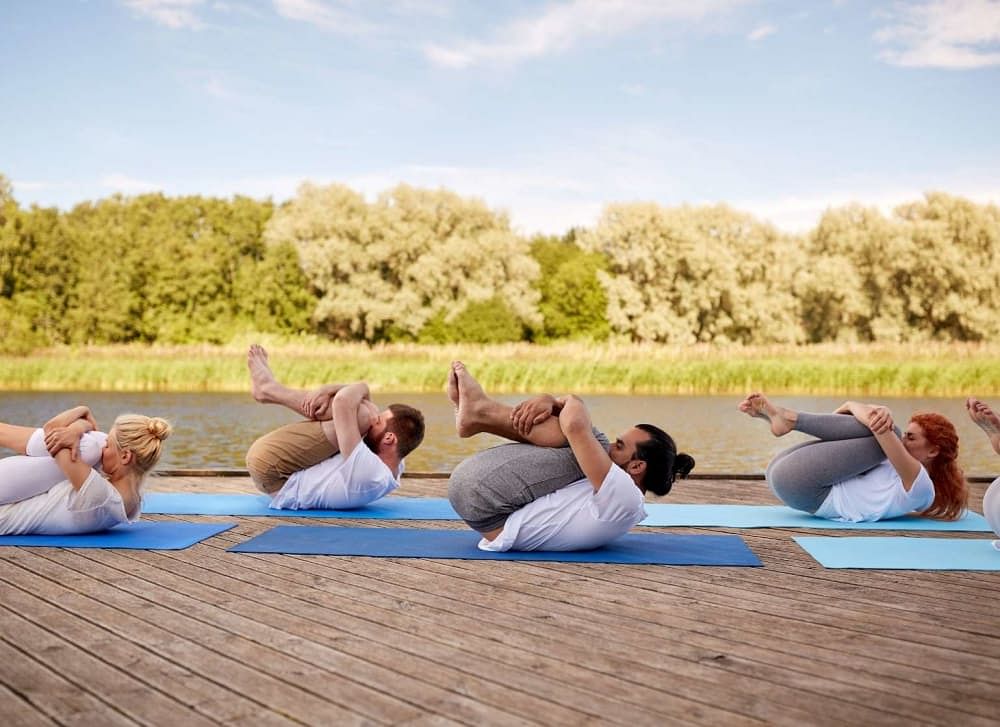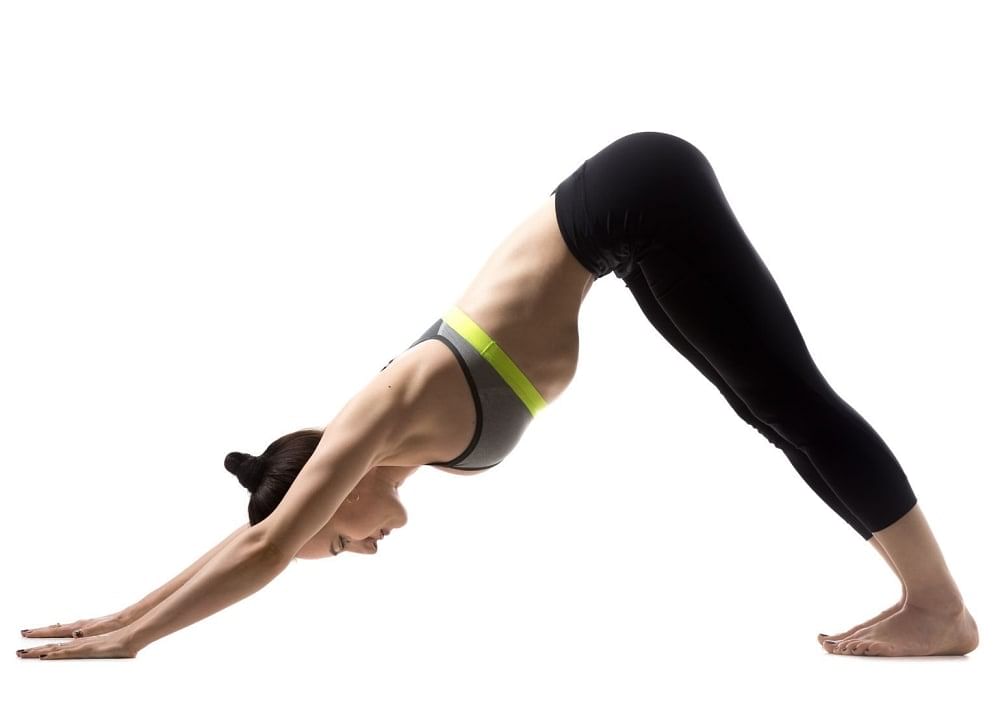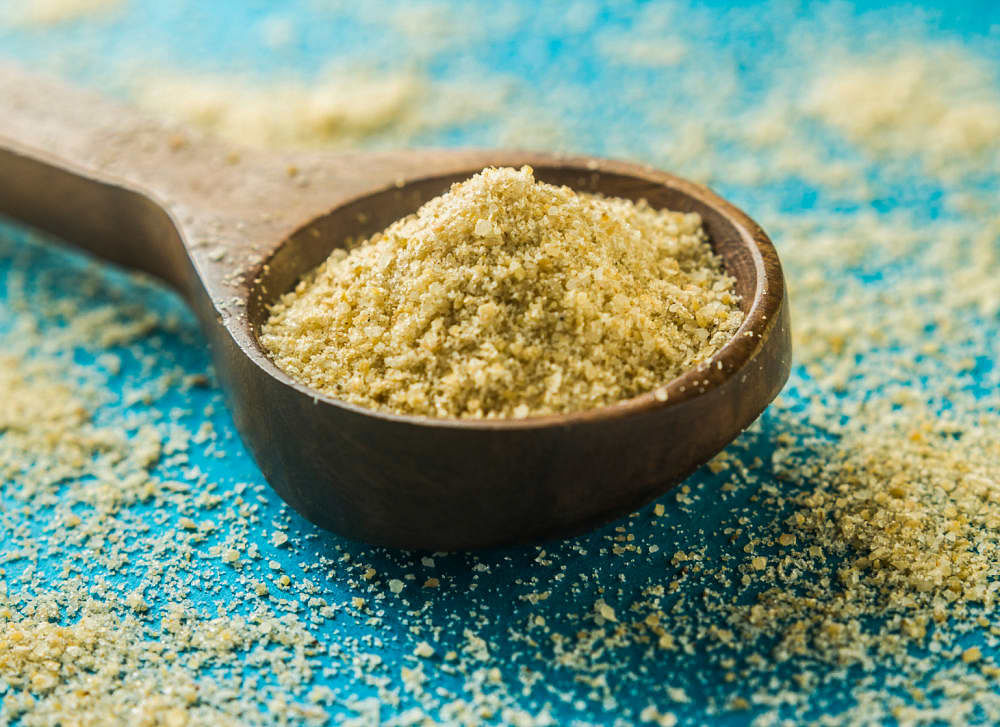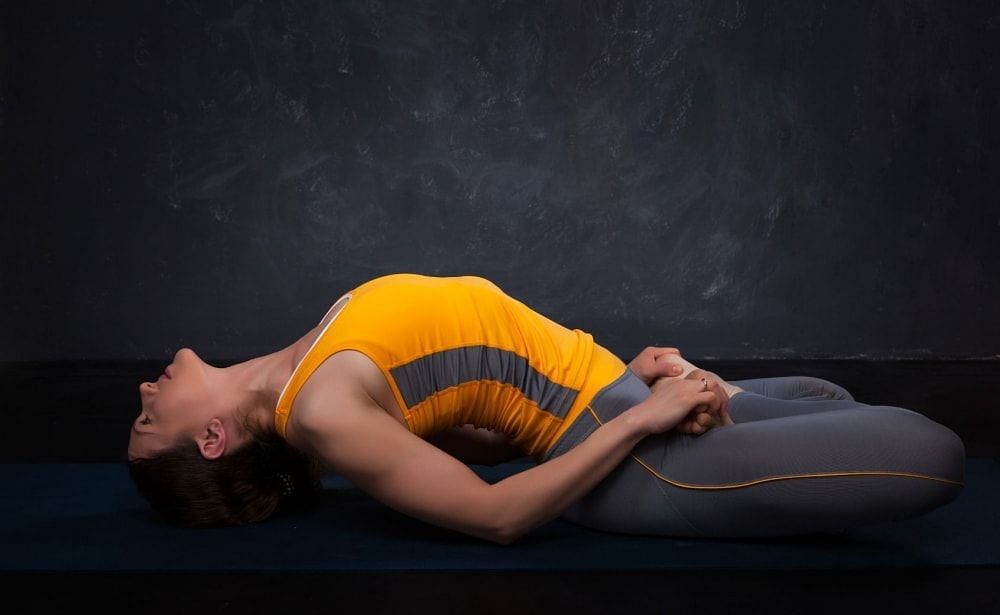Since ancient times, there has been an immense study of yogic science. Yoga is known to help promote mental and physical wellbeing. There has been an increasing awareness of the benefits of regular yoga practice. Incorporating these poses in daily life provides a number of benefits for the body and mind.
Among the many known poses, today, let us see the benefits of the pawanmuktasana pose and its practice.
What Is Pawanmuktasana? (Wind Relieving Pose)
Pawanmuktasana, as the name suggests, is a yoga posture that helps release gas. This pose helps remove the excess air trapped in the stomach and intestines. The pose provides relief and stabilises the entire digestive system. It works to heal the body on a holistic basis, from addressing the mental state to relaxing the neck muscles, abdomen, thighs, hamstrings, and toes.
Pawanmuktasana is not a physically tiring or exhausting pose to practise. The longer you hold the pose, the more it is beneficial for the body. It is a simple way to directly expel body wastes by resolving digestive disorders. The positions that comprise the pose also help stretch the right areas, loosening up the most active muscles of the body.
We will look at the benefits and how this pose works in further sections. Some of the focus areas of the pose include the lower abdomen, hips and buttocks. Regular practice of Pawanmuktasana provides good therapy to treat conditions such as sterility, impotence and constipation.
Pawanmuktasana Benefits
The gas release pose is associated with a number of mental and physical benefits. Considered to be one of the best poses to reduce belly fat, Pawanmuktasana relieves the system of pressure. It is a useful pose for physical and mental wellbeing.
It loosens the spinal column, improves abdominal issues related to gas build-up, promotes sexual health and several other benefits. Practising this asana in the early morning hours wakes your body and has a significant positive impact.
Listed below are some Pawanmuktasana benefits:
- The pose is known to reduce belly fat. Pawanmuktasana involves massaging the abdomen muscles. This helps to burn excess fat.
- It also stretches the neck and back to release stress from the tense areas.
- The complete Pawanmuktasana procedure relieves conditions of constipation and digestive disorders.
- It acts upon the internal organs, especially the abdominal area, and the pressure releases stress hormones. This helps to promote digestive function by stimulating the production of digestive enzymes.
- It eases lower back tension by working on the muscles and improving blood circulation in the hip area.
- This pose is used to tone the arms and legs and also stimulate the reproductive organs by massaging these areas. It helps improve the strength of these areas and promotes sexual health.
- The pawanmuktasana benefits conditions of mental illness, such as anxiety, insomnia, and depression, by relieving stress. It acts on the stress areas and relieves the tension.
The Science Behind the Pawanmuktasana
The human body accumulates pressure of many kinds in the forms of stress, anxiety and many other conditions. As per studies, the Pawanmuktasana is a chain of asanas that are beneficial against cardiovascular conditions such as high blood pressure.
The pose stretches the shoulder, hip and spinal muscles during the twisting and head rising step. This elongates the muscles, and the tight, stiff areas of the body are eased out. As a result, it relieves back pain, shoulder aches and lower back issues.
Practising this asana regularly could ease digestive issues and promote a healthy body. The pose is known for its benefits to the digestive system and relieving stress. The pose essentially stretches the lower abdomen and neck to relieve the tension from these areas.
Also Read: 10 Major Ustrasana (Camel Pose) Benefits Benefits That You Should Know!
How to Do Pawanmuktasana
The Pawanmuktasana pose is an asana to relieve the digestive system’s gases, tensed muscles and mental fatigue. For beginners of yoga, this could be a good one to start with as it relieves gastric issues, if any. The Pawanmuktasana steps should be performed as described below:
- Lie on your back on a yoga mat.
- Now, lying down with your legs joined together and hands parallel to your body on either side, take deep breaths.
- Relax in this position, and practise deep, meditative breathing.
- When you exhale, bring your knees close to your chest.
- Now, let your thighs pressurise the abdomen, and your hands should be clasped together firmly.
- Try to lift your head and chest from the floor to a higher position during this Pawanmuktasana procedure. The chin should touch the knees.
- Do not overdo or apply excessive pressure during this step, as it could put unnecessary strain on the muscles.
- Hold the pose for as long as you can while practising deep breathing.
- To exit from the pose, bring your head down, followed by your legs. This completes one round of the Pawanmuktasana.
- Relax your body after each round with sufficient breaks.
- Regular practice of 2 to 3 rounds of this pose should be done.
Beginner’s Tips
If you are a beginner at Pawanmuktasana, there are a few things you must keep in mind:
1) Do not overstretch your neck or chest muscles. It could lead to serious injuries.
2) When trying to lift the neck and chest to the higher position, make sure your lower back stays grounded to the floor.
3) The buttocks must be lifted off the floor during the step.
Also Read: 10 Major Adho Mukha Svanasana Benefits That You Should Know!
Pawanmuktasana Preparatory Poses
For practising any asana, certain preparatory poses could help execute the steps of the asana easily. These preparatory steps act as a ‘warm up’ before a rigorous workout. The Pawanmuktasana steps improve the flexibility of the body muscles. It is a simple pose that can be practised in any chain of sequence.
For preparatory poses, one may easily get the shoulders, neck, legs, abdomen and thighs in action through some simple methods. It stimulates the muscles and stretches them enough to execute the pose easily. The steps are as listed below:
- Lie on your back on the yoga mat and relax your body completely.
- Start by raising your legs one at a time. Rotate the ankle.
- During inhalation, raise the left leg at 30 degrees and rotate your ankles.
- As you begin to feel comfortable, slowly increase the angle from 30 to 60 and then to 90 degrees.
- Gradually, you will feel the muscles around your calves, thighs and ankles loosen. Go gradually from one step to the other.
- Repeat the procedure for the other leg. This will ease your body into the zone, ultimately preparing for the pose.
Moving to the next step of the preparatory poses, we prepare the shoulders, thighs, neck, abdomen and arms.
Supta Matsyendrasana [Supine Spinal Twist Pose]
The supine twist, also known as Supta Matsyendrasana, is quite a useful pose with several muscular benefits. It helps loosen the tight shoulder muscles and remove the stiffness from back muscles.
When you twist the hip, it helps in the digestion process. Fresh, oxygenated blood rushes to your digestive organs, thereby expelling waste. In case of digestive issues, holding this pose for a long duration could prove beneficial. Perform it as described below:
- When lying on the back, bend your legs at the knees. Slowly bring them to your chest. Now take some deep breaths as you shift your knees on the left-hand side and to the floor by twisting them from the hip.
- Your arms must be in line with the shoulders stretched sideways to your body.
- The advantage of this pose is that it helps your lower back open up fully. When you twist the hip to shift your legs, it prepares your body for the Pawanmuktasana pose.
- Once you are done with the left-hand side, repeat the process on the right-hand side.
- Remember, the more you are able to twist the hip, the more will be the stretch and easier the pose.
Ardha Pawanmuktasana [Half Wind Release Pose]
This pose puts quite a lot of pressure on the abdomen. By doing this, it gives relief from gastric problems by releasing any accumulated gases. The pose also removes any back pain by loosening tightened or stuck and stiff areas of the spinal column.
- Lying on the back, inhale and take the left leg at 90 degrees. Bend the knee and bring it to the chest. Hold this leg with your hands.
- After a few breaths, try to raise your head slowly and the right leg by 30 degrees. Place your chin on the knees and hold this position.
- Repeat this procedure for the other leg.
- Hold the pose for a longer duration as the Ardha pawanmuktasana pose does not put as much pressure as the complete Pawanmuktasana pose.
Precautions and Contraindications
Yoga poses involve some complex steps, which must be practised with proper precautions. Ignorance of the key safety measures when practising could lead to some serious injuries. Some key points that you must keep in mind while practising the Pawanmuktasana steps are as follows:
- If you suffer from conditions of hernia or piles or have had abdominal surgery recently, avoid practising the Pawanmuktasana. It could worsen the ailment.
- Never perform this asana if you have a testicle disorder, hyperacidity, high blood pressure, neck problems, slipped disc, or shoulder issues.
- If you had a neck injury recently, but your doctor approves of the asana, make sure your head stays on the floor. Also, support your neck with a towel or blanket. This should help you avoid any complications while performing the pose.
- Don’t put too much pressure on the thighs to the chest.
- Pawanmuktasana could prove fatal for heart patients, so they should not practise it.
Summing Up on Pawanmuktasana Benefits
The Pawanmuktasana, better known as wind-relieving or gas release pose, is widely practised for its range of benefits. From digestive disorders to sterility and muscle issues, Pawanmuktasana helps treat these conditions. It also helps with managing proper bowel movements.
There is a reason why the Pawanmuktasana procedure starts with the Savasana. Studies suggest it helps calm down the body and mind. A calm mind helps absorb and distribute the energy during exercises. This eventually helps the body with various kinds of therapies.
Pawanmuktasana allows free flow of air (Prana) throughout the body. The pose helps the body primarily by three techniques: stretching, pressurising and massaging/stimulating. Hence, the muscles and internal organs play a key role in this asana.
One must ensure the practice of the asana is done with proper care and necessary precautions.
FAQs
Q1. Can We Breathe During Pawanmuktasana?
A1. Yes, of course. You can and must breathe while practising Pawanmuktasana or any other yoga pose.
If you experience difficulty breathing during the Pawanmuktasana procedure, observe where and how you should during the Pawanmuktasana steps. To understand the breathing patterns, note these points:
- During the relaxing phase, take as many deep breaths as possible.
- Inhale when you raise your legs and then exhale at this position.
- Inhale and bend the knees as you raise your head and chest. Exhale completely. Relax and focus on your breathing.
- With every inhalation, relax the grip around your legs and knees. Tighten it with every exhalation.
- Inhale when bringing the neck down as the round ends and then exhale completely as you lie in Savasana.
- Take a few breaths and relax before starting the second round.
Q2. Is Pawanmuktasana Good for Diabetes?
A2. The Pawanmuktasana is especially good for patients with Type 2 diabetes. The Pawanmuktasana helps reduce belly fat and waist to hip ratio. It helps to have a positive impact on glucose utilisation and insulin levels. Hence, the asana is helpful in the treatment of diabetes.
Q3. How Much Time Should We Do Pawanmuktasana?
A3. The capacity to perform and hold the pose varies from person to person.
As per your capacity, start with 10 seconds of the practice of the Pawanmuktasana. You may increase the duration up to 1 minute, as and when needed.











